COB LED vs LCD: Which is Better for You? In the modern world of technology, choosing between COB LED and LCD displays has become a hot topic. So, let’s explore the differences, pros and cons, and factors to consider when choosing the right display for your needs.
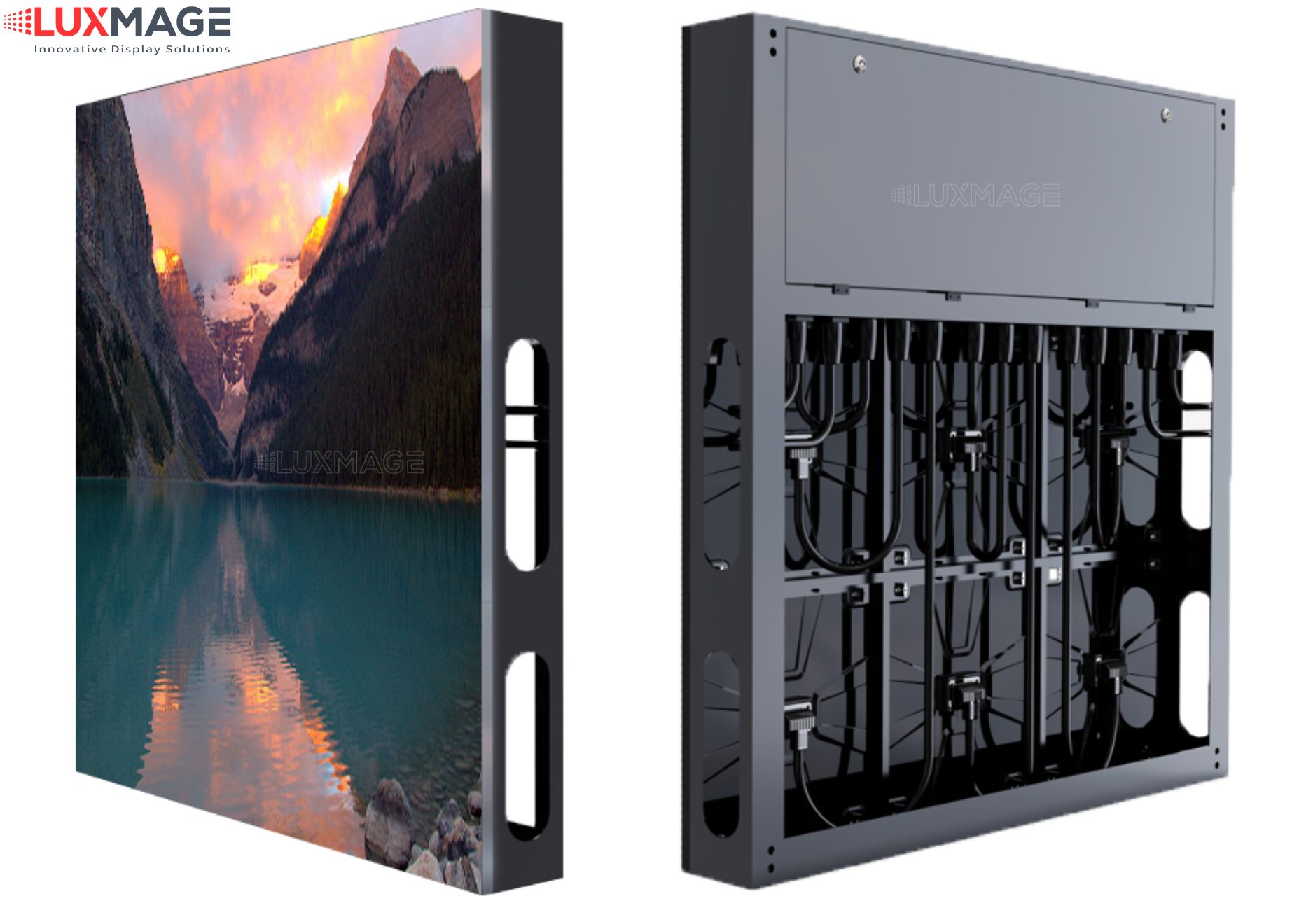
Today, the two most prominent display technologies in the electronics industry are LED (Light Emitting Diode) and LCD (Liquid Crystal Display). Each type of display has its own application and way of working.
LED displays use light-emitting diodes to create images. When an electric current is passed through them, these diodes emit light. There are two main types of LED displays: COB (Chip-on-Board) LED
COB LED is specially designed with multiple LED chips tightly attached to one surface, creating more uniform light and more energy saving. This results in high brightness, vivid color and long life.
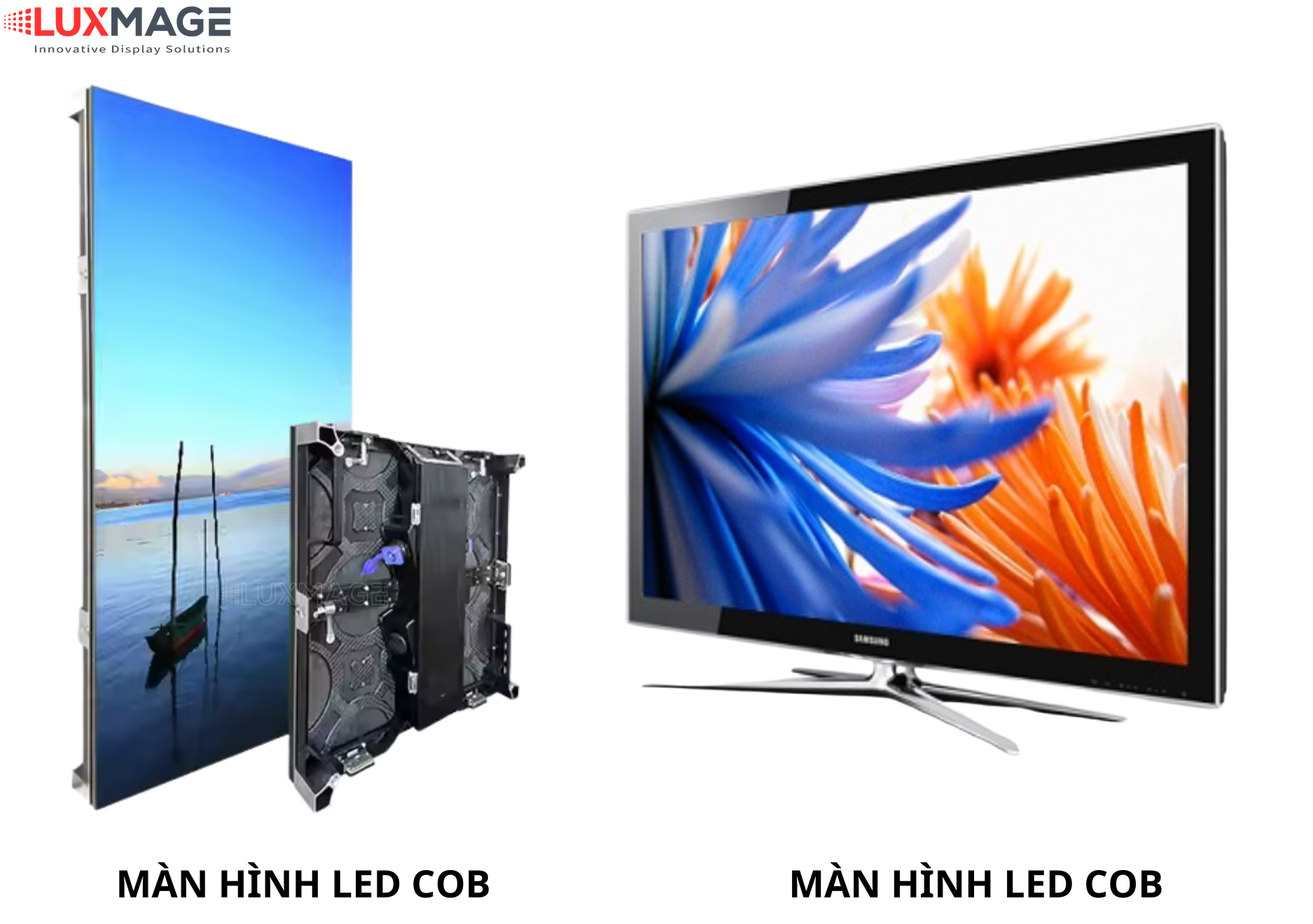
See more: What is COB LED Technology?
LCD screens, on the other hand, use liquid crystals to display images. These crystals do not emit light themselves and require an external light source, usually a fluorescent or LED backlight. LCD technology is popular for its ability to produce accurate colors and good image quality. LCD screens are known for their thin profile, energy efficiency, and ability to reproduce high-quality images, making them widely used in televisions, computer monitors, smartphones, and many other devices.
When comparing LCD and LED , it is important to look at aspects such as how each type of display works, its performance, and its practical applications. Here are some of the obvious differences.
How it works
Each type of screen has its own operating mechanism. LCD screens use a layer of liquid crystals between two glass panels, while LED screens use light-emitting LED chips.
When it comes to COB LEDs , the close proximity of the LED chips helps produce a more even and sharper light. In contrast, LCDs require an external light source to make the liquid crystals work.
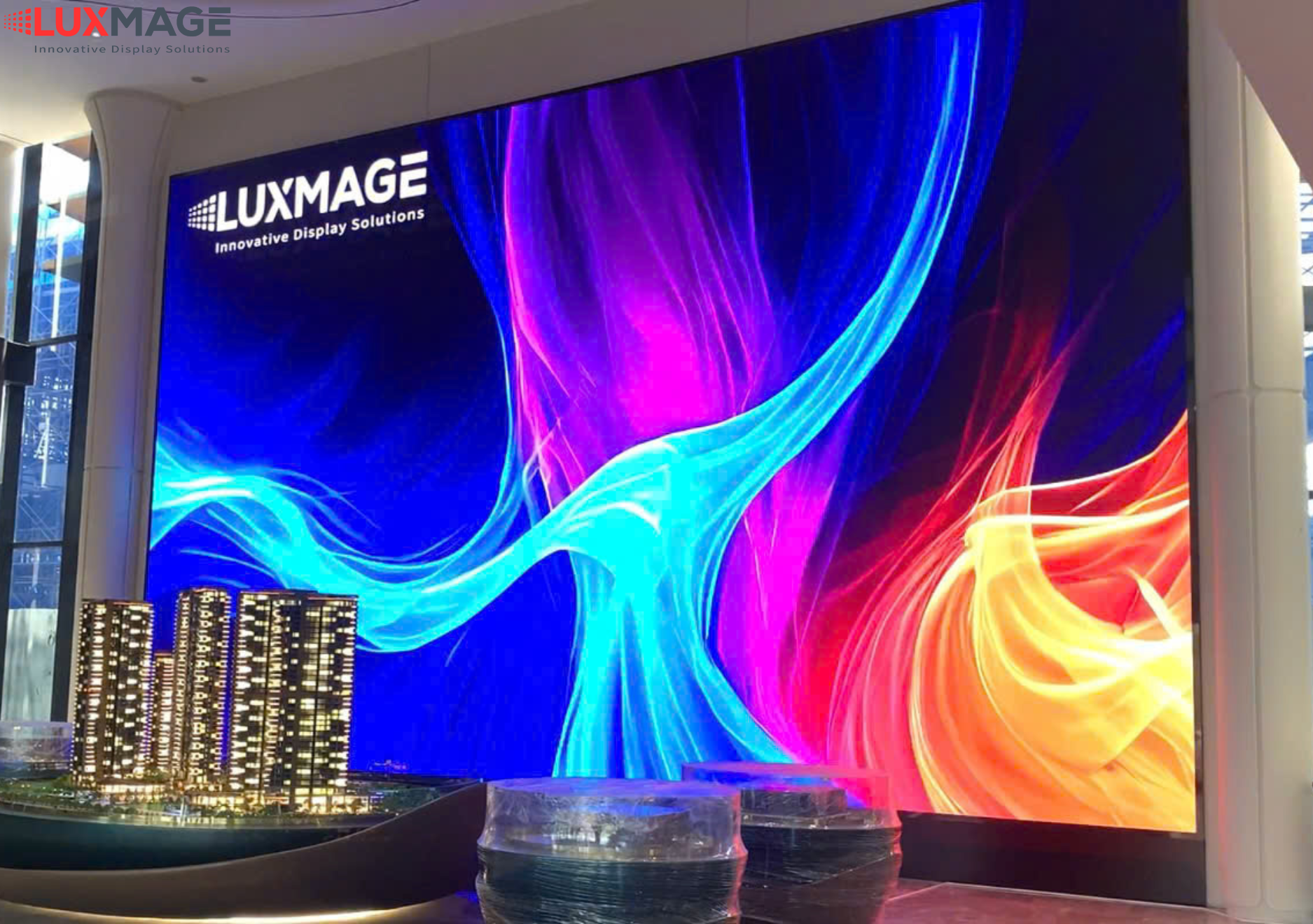
Performance and brightness
In contrast, LCD screens may have difficulty maintaining consistent brightness under bright light, but have the advantage of more accurate color reproduction.
See also: Comparison of vertical LED screens with vertical LCD screens
Practical application
In terms of application, COB LED screens are often used in products that require high brightness such as advertising screens, stages, or large concerts. Meanwhile, LCD screens are suitable for office applications, home entertainment, where color and image details need to be optimized.

When learning about LED and LCD screens , it is impossible not to discuss the advantages and disadvantages of each type. This can help you make a better decision when choosing the right screen for your needs.
LED screens, especially COB LEDs , have many outstanding advantages:
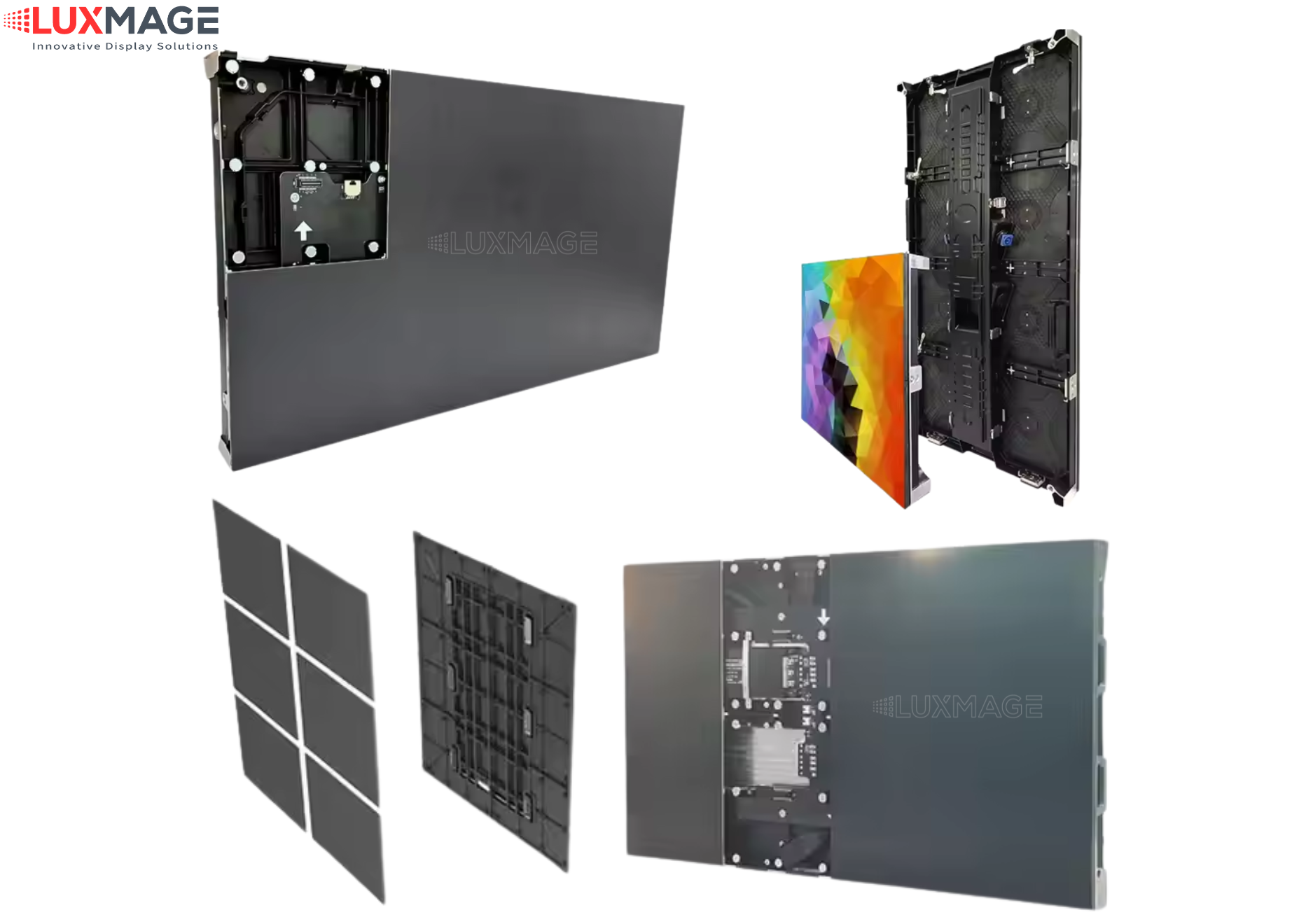
However, there are also some limitations that you need to be aware of:
LCD screens are not without their advantages either:
Despite its many benefits, LCD monitors also face some problems:
Choosing between LED and LCD displays is not simply about technology, but also about the context of use. Here are some examples of situations you might consider.
Use in office
If you are looking for an office monitor, an LCD monitor may be a better choice. With high color accuracy and sharp image reproduction, LCD monitors are great for graphic design or office work.
Additionally, the affordable price of LCD monitors helps save money on office budgets.
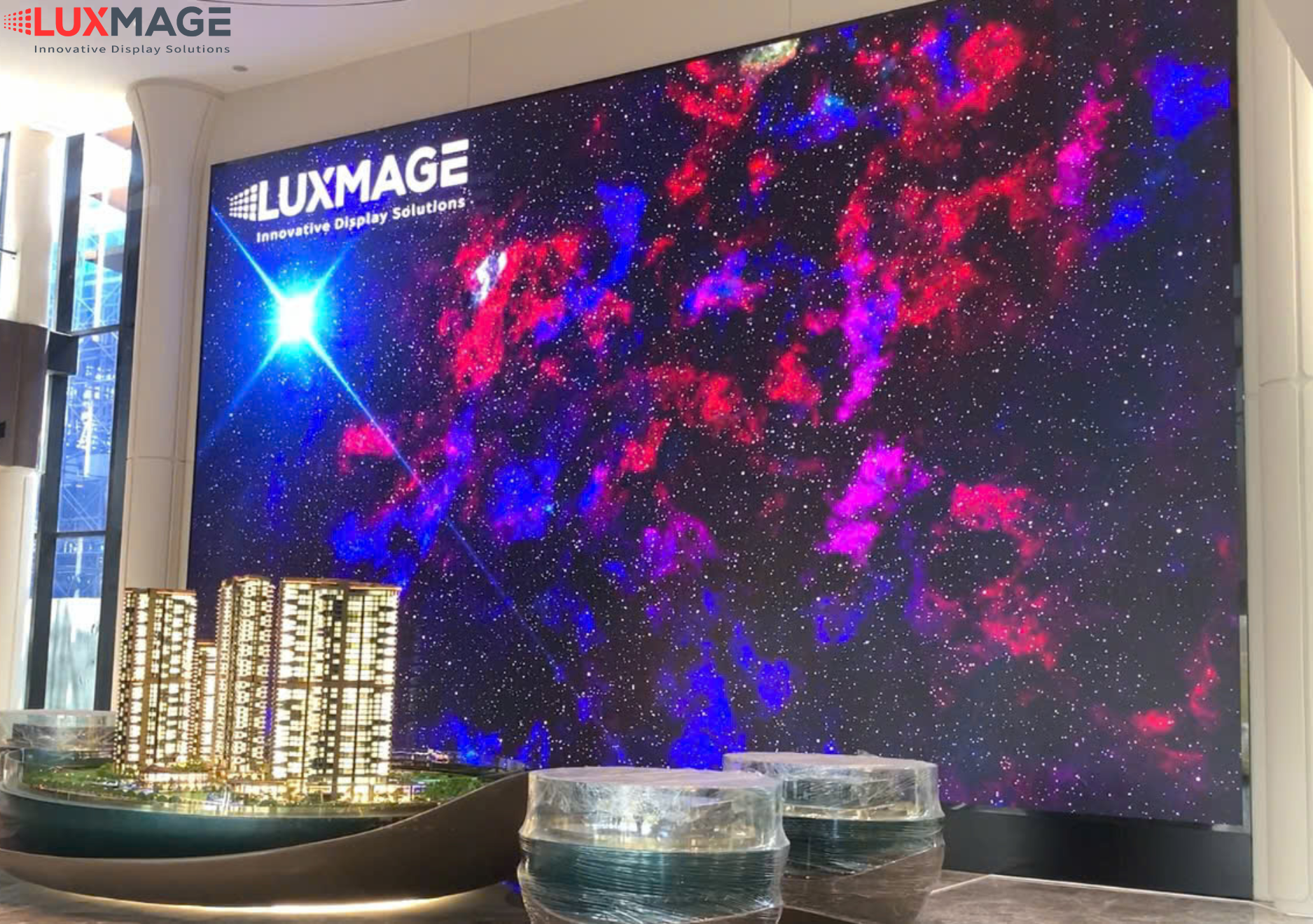
See more: Large COB LED Screen 8K Resolution P1.86
Use for home entertainment
When it comes to home entertainment, LED displays can provide a better experience. With higher brightness and vivid color reproduction, LED displays improve the movie and gaming experience.
Especially if you enjoy HDR content, an LED display will provide a much more vibrant picture than an LCD.
Use in major events
In large events such as conferences or concerts, COB LED screens are always popular. With extremely high brightness and clear visibility even under strong light, COB LED screens are the perfect choice for events that require high-quality images.
Furthermore, the ability to customize the size and shape of the COB LED screen allows you to create a more unique performance space.
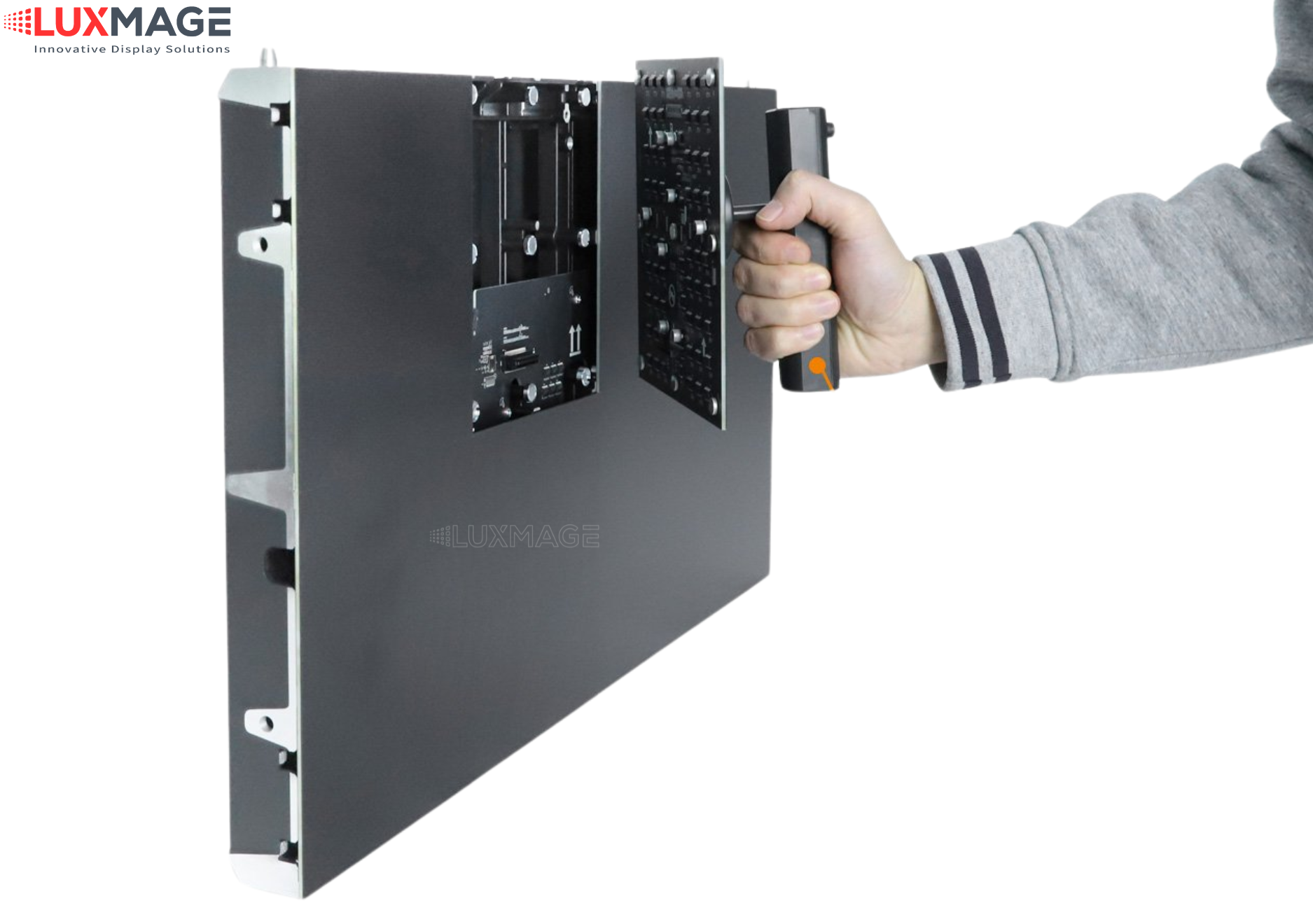
When deciding between LED and LCD displays , there are many factors you need to consider. Understanding these factors will help you make an informed and smart decision.
Intended use
The first and most important thing is to determine what you will be using the monitor for. If you need a monitor for office work, LCD may seem like a better choice. But if you are looking for a monitor for gaming or entertainment, LED may be the ideal choice.
Size and space
Screen size is also a factor to consider. LED screens are more versatile, allowing you to make the most of your space. However, LCD screens often come in a variety of sizes, from small to large.
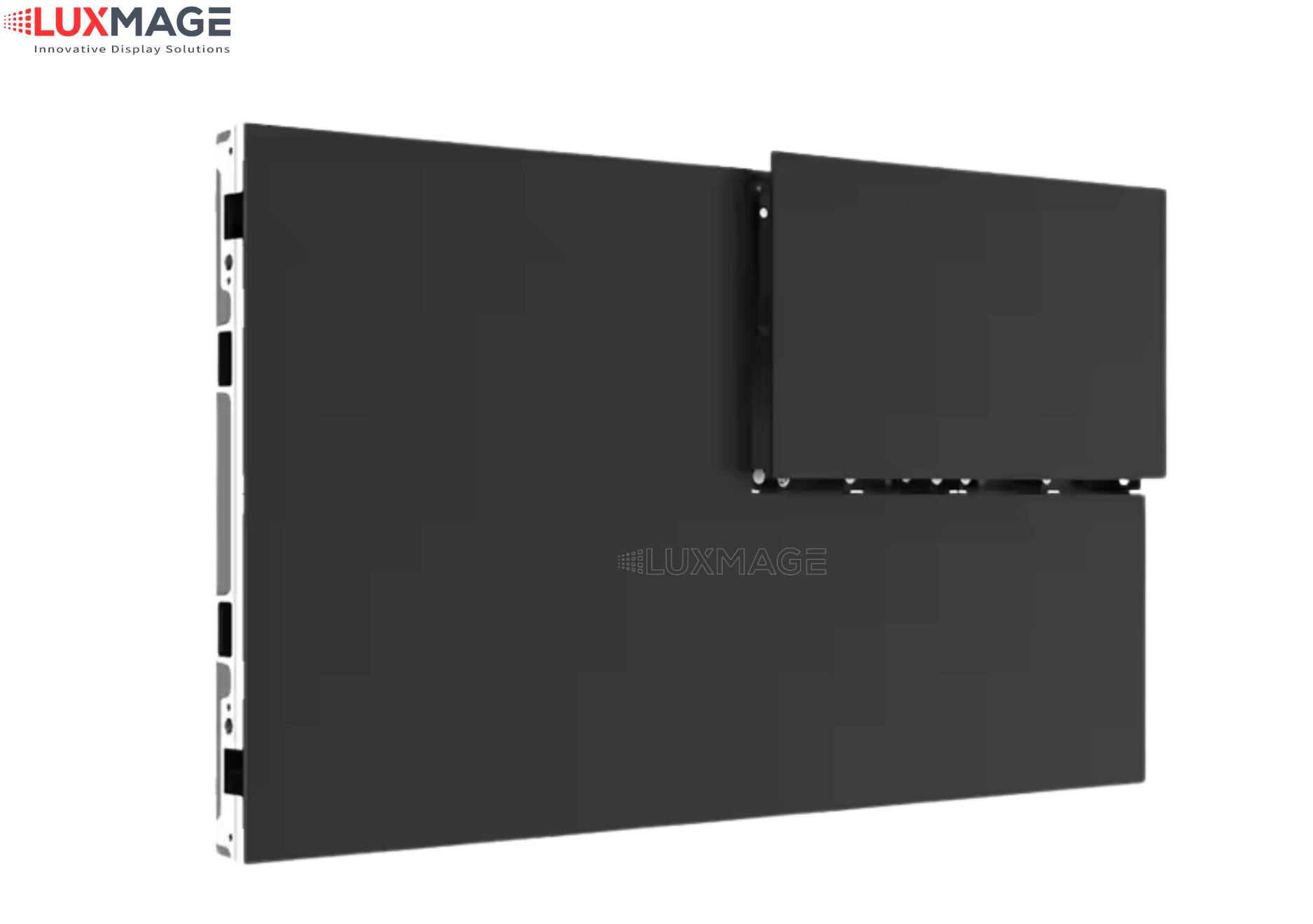
Budget
Budget is also an important factor. If you have a limited budget, LCD screens are usually cheaper. On the other hand, if you are willing to invest more for a better screen, LED screens can be a better value for you.
Environmental status
Finally, consider the environmental conditions in which you will be using the monitor. If you plan to use it in a brightly lit area, an LED display will work better. Meanwhile, if you are using it in a darker space, an LCD display may be sufficient for your needs.
An important part of owning a monitor is maintenance and troubleshooting. Here are some tips to help you maintain your monitor.
LED screen maintenance
To maintain the LED screen, you need to pay attention to regular cleaning. Keeping the screen surface clean will help increase brightness and image quality. Use a soft cloth and safe cleaning solution to avoid damaging the LED surface.
Also, be sure to check the electrical connection regularly to avoid signal loss.
LCD screen maintenance
LCD screens also require regular maintenance. Cleaning with a soft cloth and a special solution is important to keep the screen surface shiny.
Additionally, checking cables and connections should also be done periodically to ensure smooth monitor operation.
Basic Troubleshooting
If you encounter problems, try turning the monitor off and on again. If the monitor still does not work, you may need to check the connection or cable. For LED monitors, if there are dead pixels, you may need to replace or repair them.
If you cannot troubleshoot the problem yourself, contact your supplier or service provider for assistance.
When deciding to choose an LED screen, choosing a reputable supplier is very important. Luxmage is one of the leading brands in the field of providing COB LED screens and related products.
Product quality
Luxmage is committed to providing high-quality products, with advanced technology and outstanding features. Luxmage LED screens are not only high-brightness but also energy-saving, helping you save costs in the long run.
Customer Service
In addition to product quality, Luxmage also stands out with its dedicated customer service. They provide technical support and after-sales maintenance, giving customers more peace of mind when using the product.
Price and contract
Luxmage products are also very competitively priced. The company regularly offers attractive promotions and incentives, helping you save money while still receiving quality products.
In the process of learning about LED COB and LCD , there are some common questions that customers often ask.
Are COB LED displays better than LCD displays?
This depends on your usage needs. If you need high brightness and good performance in bright environments, COB LED screens will be a better choice. On the other hand, if you need color accuracy for graphic work, LCD screens may be a better choice.
Can I use COB LED display for office work?
Although COB LED screens are often preferred for large events, you can still use them for office work. However, you should consider whether you really need such high brightness.
Yes, LCD monitors can be used for gaming, but you need to pay attention to response speed and brightness. Some high-end LCD monitors can provide excellent image quality for gaming.
Choosing between COB LED and LCD really depends on your needs and intended use. Each technology has its own advantages and disadvantages.
If you are looking for a display with high brightness, energy efficiency and long life, LED display may be a better choice. On the other hand, if you need a high image quality display at a more reasonable price, LCD may meet your needs.
Hopefully the above article has provided you with useful information to make the right decision about COB LED and LCD screens: Which type of screen is better for you .
Hot news
Posted by: Admin - Date: 21-02-2025
Last Page: Outdoor LED screens are gradually changing the advertising industry
Next Page: What is a curved LED screen? Applications of curved LED screens
- Applications of Curved LED Displays in Shopping Malls, Events, Showrooms, and Studios
- Top 5 Most Installed LED Screens for Auditoriums in 2025 [Updated]
